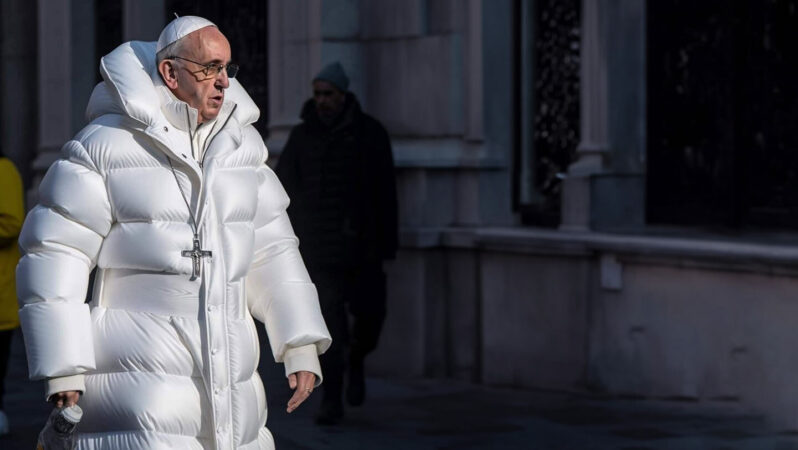Deepfake (noun, “DEEP fayk”)
A deepfake is a realistic fake image, video or audio clip created by artificial intelligence, or AI. The term deepfake comes from “deep learning” and “fake.” Deep learning is the type of AI used to make this media.
Deepfakes have some practical use. Consider someone making a sequel to a movie from many years ago. The actors might look different today. But filmmakers can use deepfake technology to show an actor today looking as they did in the first movie.
But deepfakes also cause problems. Many actors, for instance, are concerned that people could use their images to create new movies without their permission. Deepfakes also can contribute to the spread of false information.
In 2024, for example, fraudsters created a deepfake of President Joe Biden’s voice. The audio clip sounded like Biden asking people not to vote in New Hampshire’s presidential primary elections. Some people who received phone calls with this fake voice were convinced to skip voting.
In another scam, people made deepfake ads of celebrity Selena Gomez appearing to promote cookware. The problem? She knew nothing about these ads. It wasn’t actually her in them.
Using digital tools to alter photos, videos and audio isn’t new. But deepfakes represent a new kind of digital media. For one thing, rather than tweaking existing media, deepfakes are easily created from scratch.
For another, AI now allows non-experts to easily make such images and audio. That makes it possible for anyone to create deepfakes of people saying or doing things they never did. And public figures aren’t the only victims. People can use AI to make deepfakes of ordinary people to bully them, scam them and more.
In a sentence
Though AI-generated images can be compelling, careful observation of reflections in eyes could be one way to spot a deepfake.
Check out the full list of Scientists Say.




